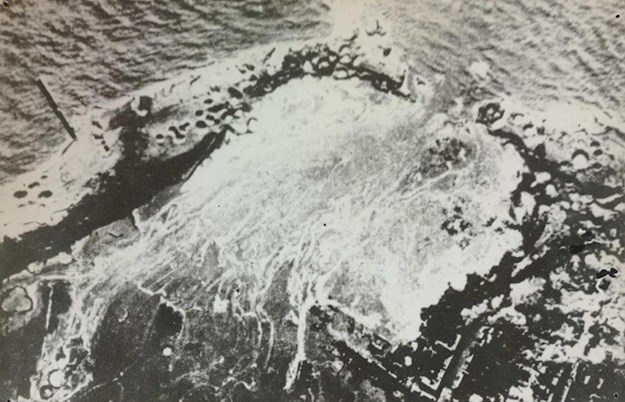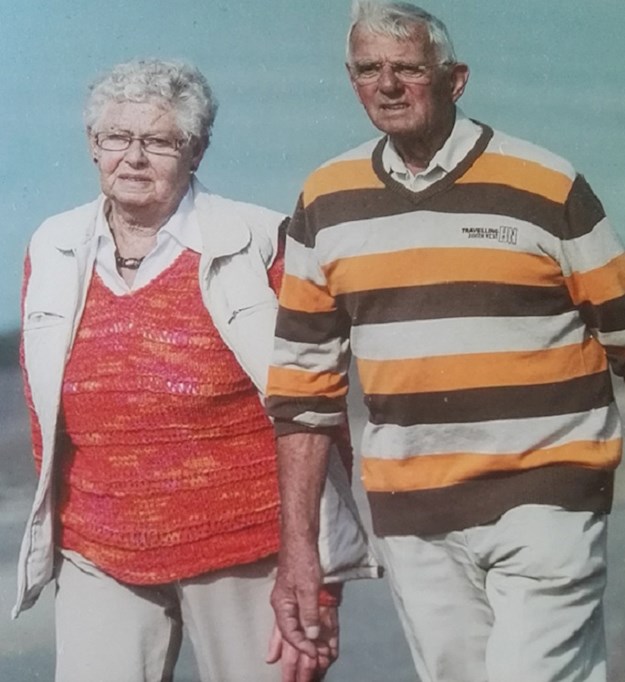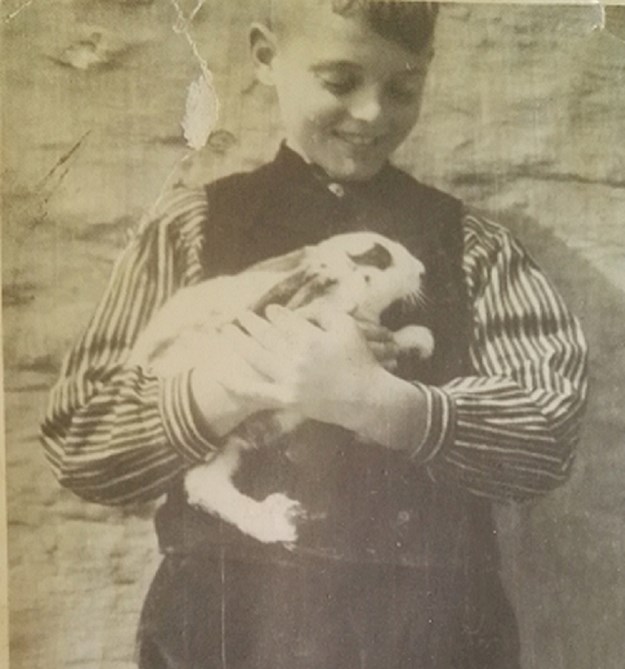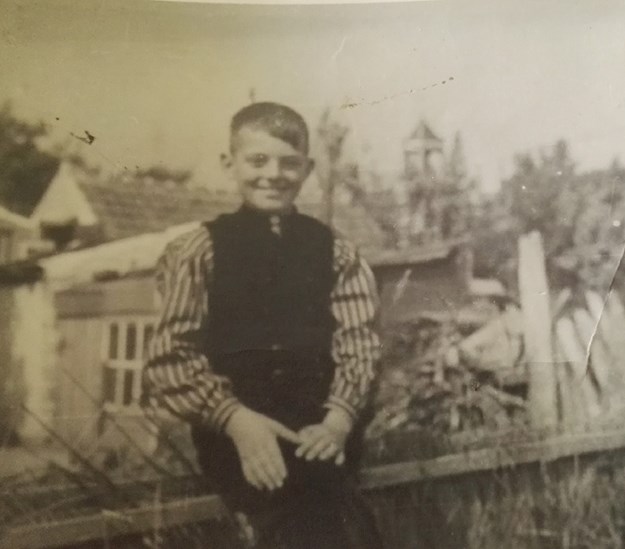During the battle for the Scheldt the island of Walcheren was bombed heavily by the Allied air force. The aim of these bombing raids was to destroy the dikes surrounding Walcheren, in order to flood the terrain and hamper the German defensive efforts. For the civilians, like Kees Pouwelse, the experiences were traumatic.
Kees Pouwelse was 12 years old when the Allied air force bombed the dikes of his hometown Westkapelle. The first time Kees and other civilians realised that something was going to happen, was on 2 October, when they read the pamphlet that was dropped over Walcheren, warning the local inhabitants to leave the area. But since it was very dangerous to travel due to the fighting and minefields almost no one left so the warning was largely in vain. Kees stayed in Westkapelle with his family. In the afternoon of 3 October, they heard the Allied bombers approaching. The attack began with two fighter aircrafts dropping flares on the dike that was to be targeted, followed shortly by several waves of bombers, 240 in total.
During these attacks Kees and some members of his family found refuge in a bomb shelter. When Kees temporarily left his shelter he could see that a windmill in which many people had taken shelter, started to collapse. After the attack Kees and his family emerged from their shelter to find that a wide hole had been punched into the dike and that the sea water was pouring in. The windmill had collapsed; 44 people were trapped under the rubble and drowned as the tide rose that evening.
During the attack Kees lost an aunt and an uncle, whose bomb shelter had collapsed. He would witness two more attacks on Westkappelle on 17 and 29 October. These attacks destroyed the house of Kees´ family along with all their possessions but Kees managed to survive the war physically unscathed.




